Breaking Down Stereotypes and Prejudices in Balkan Media
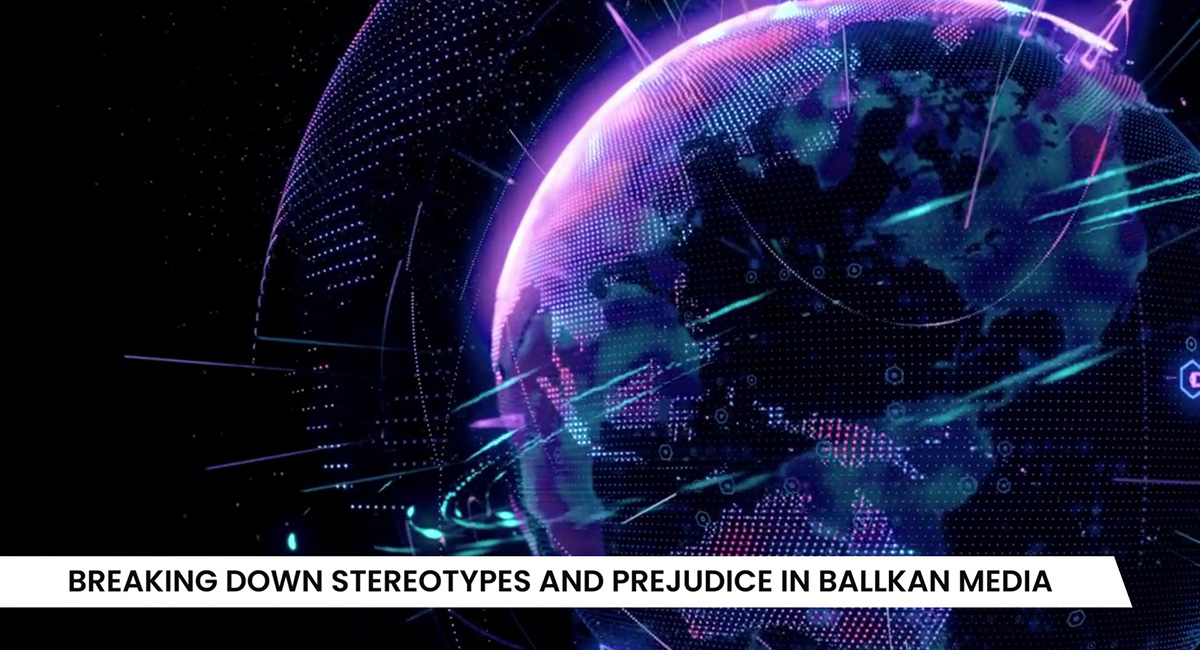
The Balkans, a diverse and culturally rich region in Southeast Europe, has a complex history that has often been mischaracterized by stereotypes and prejudices in the media. While the Balkans have made significant strides in recent years, dispelling these misconceptions remains a crucial endeavor. In this blog, we will explore the common stereotypes and prejudices that have plagued Balkan media and the efforts to overcome them.
Stereotypes and prejudices in the Balkans, like in many other regions, have complex historical, social, and political roots. Some contributing factors include:
- Historical conflicts: Centuries of conflicts, since the Ottoman Empire’s rule and the breakup of Yugoslavia, have left lasting scars and contributed to mutual distrust.
- Nationalism: The rise of nationalism in the 19th and 20th centuries fueled the idea of ethnic and national superiority, leading to stereotypes and prejudices.
- Propaganda: Political leaders and media have sometimes used and still use propaganda to manipulate public opinion and reinforce stereotypes.
- Economic factors: Economic disparities can lead to tensions between different groups, due to the emphasized differences in terms of resources and opportunities.
- Lack of education: Limited access to quality education can perpetuate the beliefs in stereotypes and biases.
- Social isolation: When different ethnic or religious groups live in segregated communities can also be the reason for particular stereotypes and prejudices.
- Media influence: Biased or sensationalist media coverage can perpetuate stereotypes.
Balkans as a Homogeneous Entity: One of the most persistent stereotypes about the Balkans is the idea that it is a homogeneous region with little cultural diversity. However, the reality is different, and it shows that the Balkans consist of many nations, each with its unique language, culture, and traditions. Media has often overlooked this diversity, lumping all Balkan nations together and reinforcing the misconception that they are indistinguishable.
Balkans as a Hotbed of Conflict: The Balkans’ turbulent history is no secret, but perpetuating the notion that the region is always on the brink of conflict is both unfair and harmful. While the Balkans have faced challenges, they have also made significant progress in promoting peace and cooperation in recent years.
“Balkanization” as a Pejorative Term: The term “Balkanization” has often been used pejoratively to describe fragmentation and division. This usage oversimplifies and stigmatizes the historical complexities of the Balkans.
Focusing on Negative Stories: Media outlets have a tendency to emphasize negative stories, and the Balkans have not been exempt from this bias.
Overemphasis on Stereotypes: Sometimes, Balkan media itself perpetuates stereotypes, whether knowingly or unknowingly. By reducing complex issues to clichés and caricatures, they contribute to a cycle of prejudice.
Efforts to Combat Stereotypes and Prejudices: Thankfully, there are initiatives and individuals within the Balkan media landscape working to combat stereotypes and prejudices. These include:
Diverse Storytelling: Encouraging journalists and content creators to tell a wide range of stories that reflect the region’s complexity and diversity.
Cross-Border Cooperation: Collaborative efforts between Balkan media outlets to promote accurate and balanced reporting, fostering better mutual understanding.
Educational Programs: Promoting media literacy and multicultural education to counter stereotypes and prejudices at their root.
Encouraging Local Perspectives: Elevating local voices and perspectives in the media can provide a more nuanced and authentic portrayal of the region.
Conclusion:
The Balkan media landscape has made progress in recent years in challenging stereotypes and prejudices, but there is still work to be done. By acknowledging the region’s diversity, highlighting positive developments, and promoting informed and balanced reporting, Balkan media can contribute to a more accurate and fair portrayal of this fascinating part of the world.
Balkan media should focus on the positive developments to counteract the stereotype of a perpetually volatile region also media should avoid using term as “Balkanization” casually and instead promote a more nuanced understanding of the region’s history and contemporary dynamics. On the other hand, media should also highlight the positive aspects of Balkan societies, such as their rich cultural heritage, vibrant arts scenes, and economic progress.
Media organizations should take responsibility for their role in shaping perceptions and work towards more balanced and informed reporting. Breaking down stereotypes and prejudices is not only essential for the Balkans but also for global understanding and cooperation.
Examples of Stereotypes
Authors:
Emili Mucobega
Blerina Turici




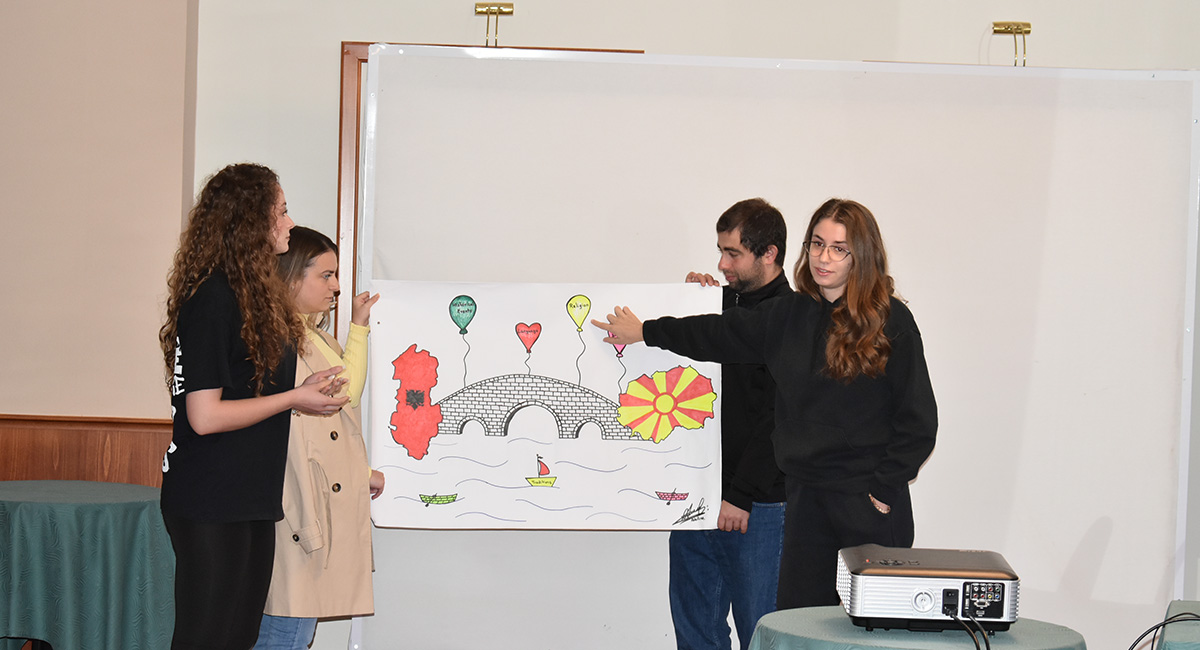
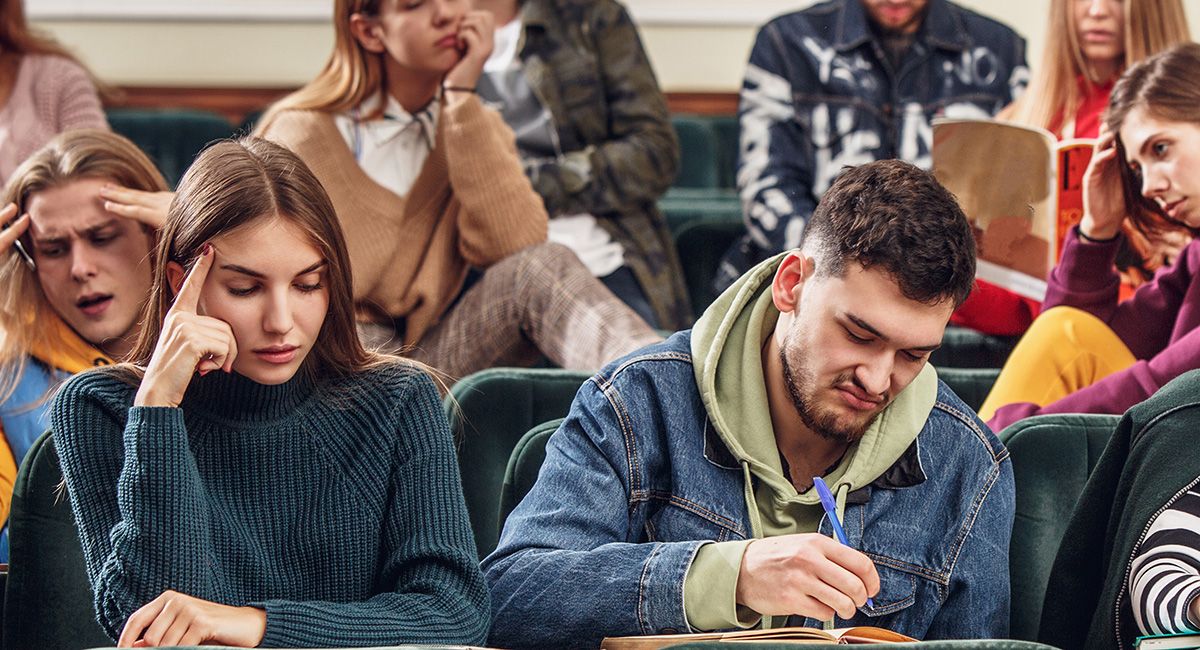

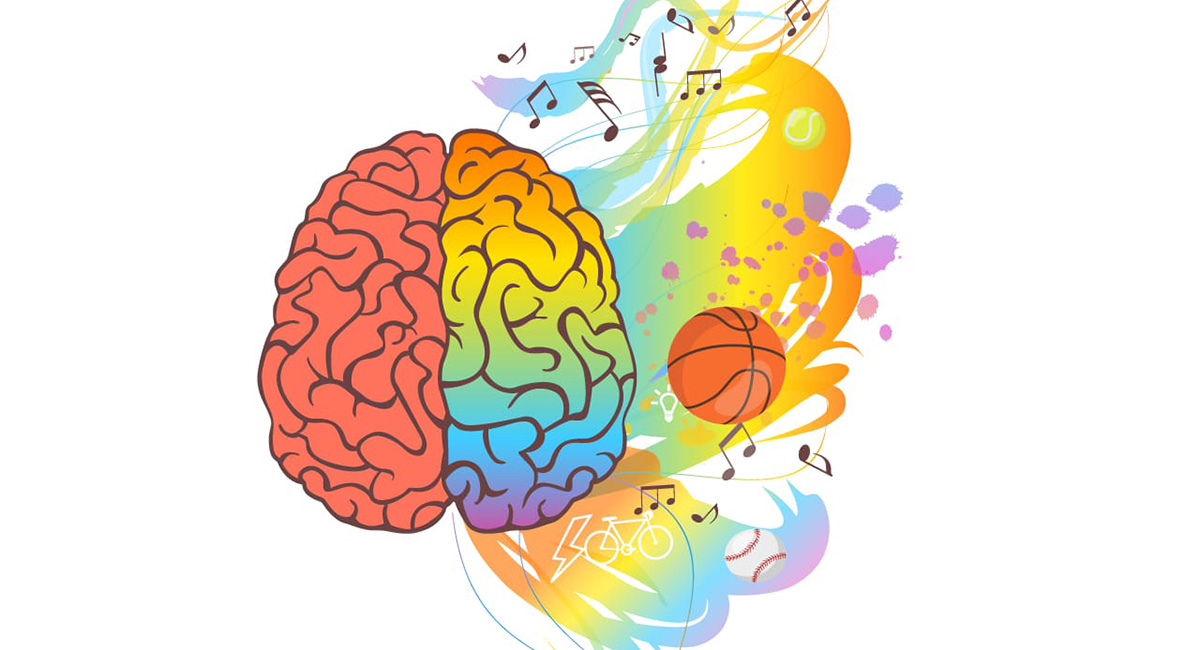

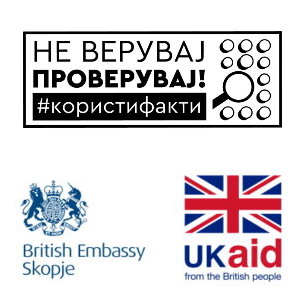 Оваа веб-страница е изработена во рамките на проектот „Употреба на новинарство засновано на факти за подигање на свеста и спротивставување на дезинформациите во медиумскиот простор во Северна Македонија (Користи факти)“, кој се реализира од Институтот за комуникациски студии. Проектот е финансиран од Владата на Обединетото Кралство, со поддршка на Британската амбасада во Скопје. Мислењата и ставовите наведени на оваа веб-страница не ги одразуваат секогаш мислењата и ставовите на Британската Влада.
Оваа веб-страница е изработена во рамките на проектот „Употреба на новинарство засновано на факти за подигање на свеста и спротивставување на дезинформациите во медиумскиот простор во Северна Македонија (Користи факти)“, кој се реализира од Институтот за комуникациски студии. Проектот е финансиран од Владата на Обединетото Кралство, со поддршка на Британската амбасада во Скопје. Мислењата и ставовите наведени на оваа веб-страница не ги одразуваат секогаш мислењата и ставовите на Британската Влада.